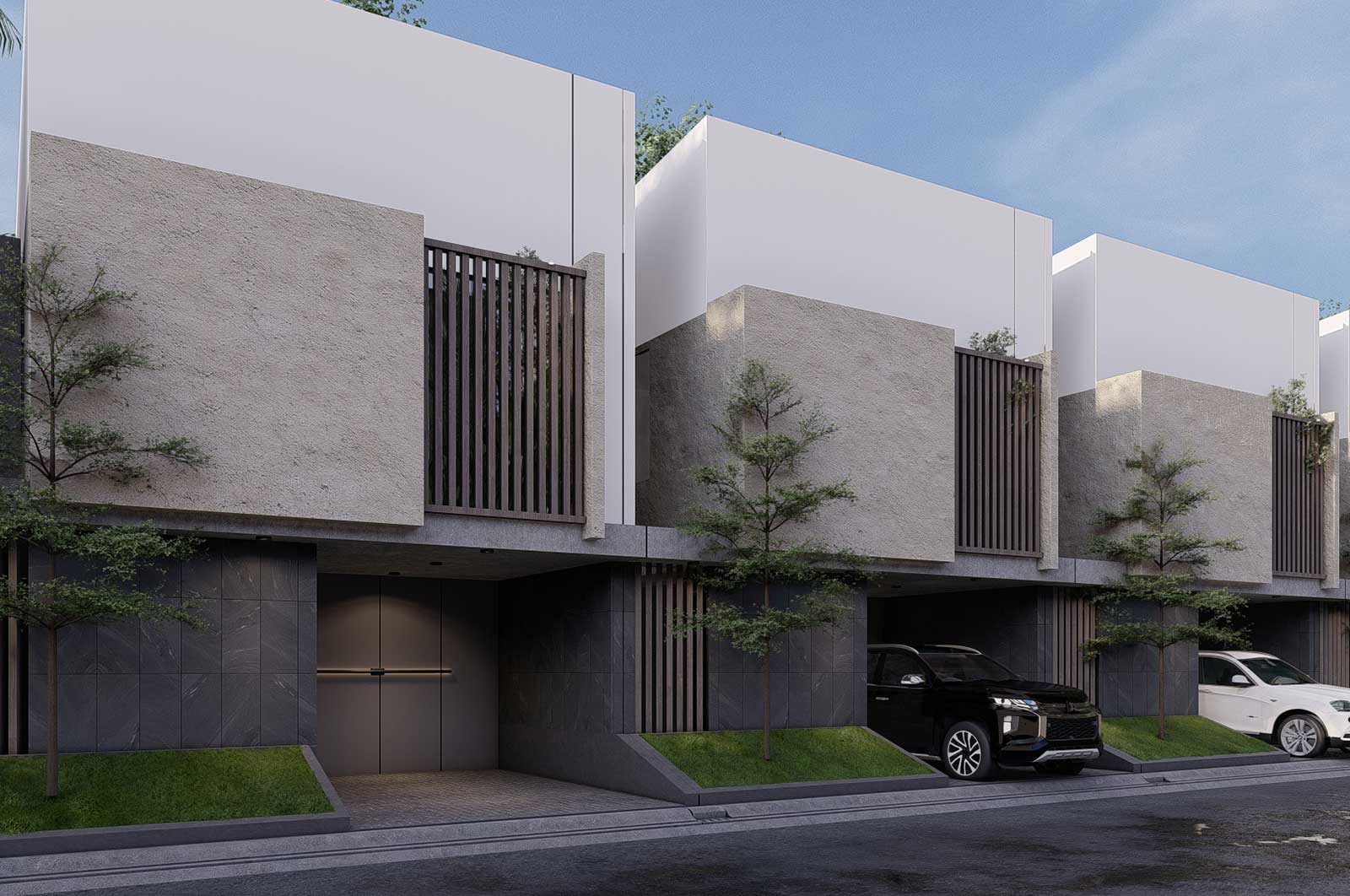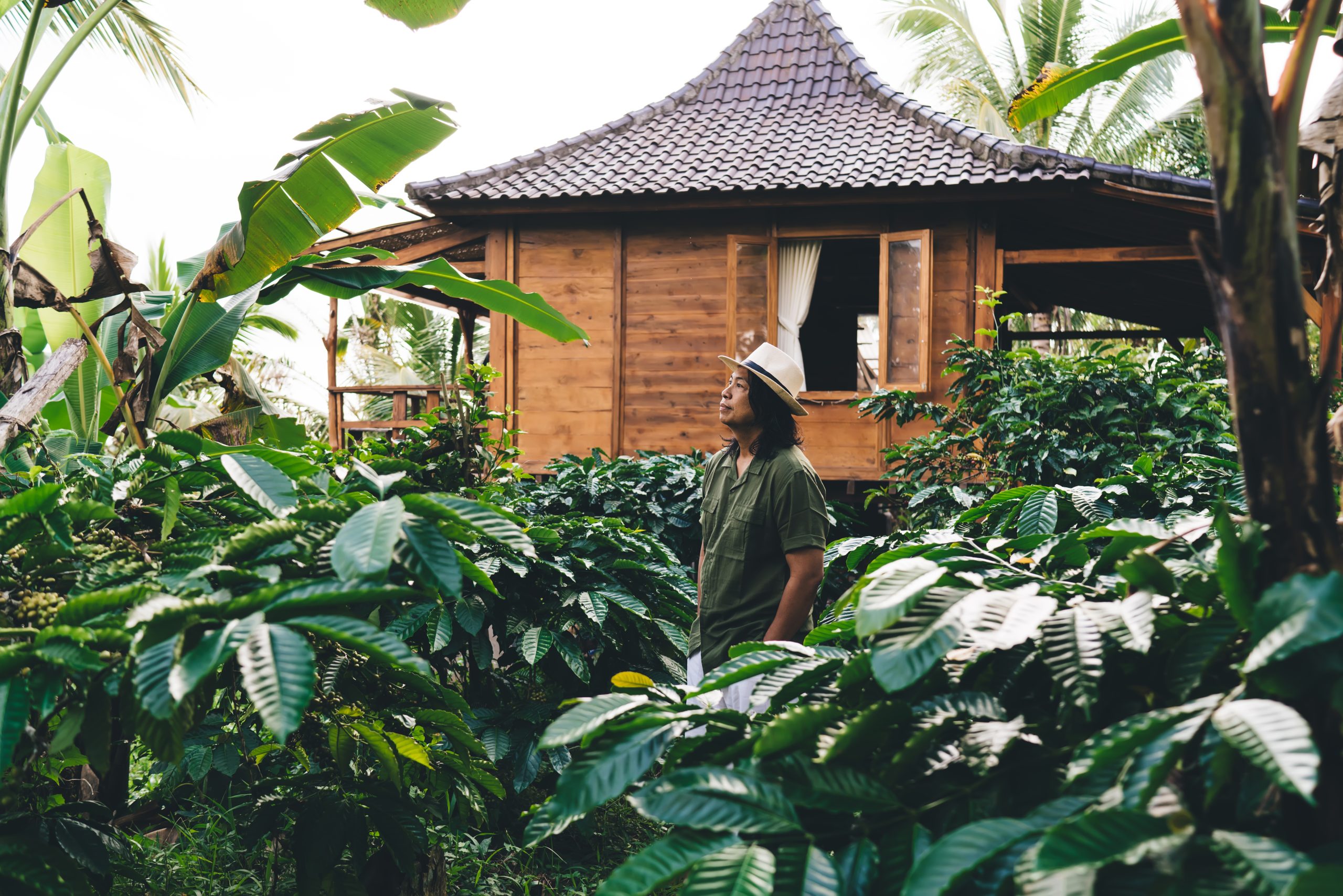Off-Plan Villas Bali: What to Look for Before You Buy

If you’re scrolling through listings and wondering what to focus on, this guide will walk you through key considerations, technical steps, and real-world examples. We’ll also tie in a live opportunity: Waluya Melasti, one of Waluya Development’s latest off-plan villa projects in Southern Bali.
Step 1: Understand the Concept of Off-Plan
Buying off-plan means purchasing a property before construction is completed, or sometimes, before it even begins. You agree on a price and a concept based on architectural plans, 3D renderings, and specifications provided by the developer.Why it works for some is because off-plan villas typically come at a lower price compared to ready-built properties. Buyers can influence the design, layout, and interior finish. In an active market like Bali, this can lead to strong capital appreciation before the property is even handed over.
But for some, this arrangement doesn’t suit everyone because you need to trust the process. Delays happen. Developers vary in reliability. If you’re someone who needs to see the physical structure before you buy, off-plan might not give you enough assurance.
Step 2: Review the Developer’s Track Record
This is non-negotiable. A credible developer reduces risk. Look into their past projects and their partners’ projects. Is the project completed? Do they resemble the promised design? Is the project going well? Do past investors speak positively about the experience?Take Waluya Development as an example. Their approach to Waluya Melasti is backed by previous partner’s developments that were delivered with attention to both build quality and investor transparency. Their projects often include clear ownership structures, which brings us to the next key point.
Step 3: Clarify Legal Ownership Structure
In Bali, foreigners cannot own freehold land directly, but there are alternatives. Developers often offer:- Leasehold (Hak Sewa): Usually ranges from 25 to 75 years. This is the most common route for foreigners.
- Right to Use (Hak Pakai): Requires a KITAS (temporary stay permit), often more complex to obtain.
- Nominee Structures: Risky and discouraged due to lack of legal protection (not recommended).
Waluya Melasti, for instance, offers both freehold (for Indonesian citizens) and long-term leasehold (up to 75 years). The flexibility allows investors to choose the model that suits their citizenship and goals. Always engage a local notary (PPAT) and property lawyer to verify contracts. They will help review the IMB (building permit), land certificate, zoning (especially if close to the coastline), and sale-purchase agreements.
What We Offer
At Waluya Development Group, we go beyond traditional real estate, providing secure, high-value investment opportunities in Bali’s most sought-after locations. From fully owned land to high-yield rental returns, our developments are designed to maximize security, flexibility, and profitability. Here’s what sets us apart:
Fuly Owned Land With Flexible Opportunities
Unlike most developers who lease land, Waluya Development Group offers properties on fully owned land, ensuring security and flexibility in every investment.
Long-Term Leasehold Advantage
We provide 75-year leasehold options, significantly longer than the market standard of 30 years, giving investors extended security and peace of mind.
High Liquidity Investments
We carefully select prime Bali locations and craft innovative developments that maximize value, allowing investors to benefit from high liquidity
Effortless Passive Income
Waluya Development Group handles every aspect of renting your villa, so you can relax while your income grows.
Rapid Return on Investment
With Bali’s thriving demand for vacation rentals, oceanside properties can yield up to $5,000 in monthly earnings.
Step 4: Study the Location Carefully
Every part of Bali serves a different type of visitor. A villa in Ubud attracts a different guest compared to one in Uluwatu. You need to align your investment with the kind of renters you want to attract or the lifestyle you personally value.Waluya Melasti is situated in the southern part of Bali, not far from Melasti Beach, known for its pristine setting and improving infrastructure. The area is gaining attention for its balance between tranquility and access to major routes. This means potential for both short-term rentals and long-term occupancy.
Check the following: Is the area growing in value or already saturated? Are roads, utilities, and access points stable? Is the land zoned for tourism? Who is developing around it, boutique hotels, branded villas, or mixed-use properties?
Example: A buyer aiming for weekly Airbnb guests would benefit more from proximity to the beach or nightlife, while a buyer seeking consistent monthly rental income should consider areas closer to schools or digital nomad hubs.
Step 5: Inspect the Finishing, Fixtures, and Guarantees
When investing in a property that hasn’t been built yet, the finer details become even more important. Renderings and mockups help set expectations, but long-term value depends on construction quality and maintenance reliability.Ask the developer to share a detailed list of finishing materials and brands. This usually includes information on flooring type, window frames, kitchen installations, and lighting fixtures. These elements play a role not only in how the villa looks, but also in how well it holds up over time in Bali’s tropical environment.
For example, at Waluya Melasti, the developer provides a clear breakdown of the construction phases along with the materials used. This kind of clarity helps investors plan beyond the initial build and into the operational phase of the property. It’s helpful to ask for a materials sample board. Subtle differences in tile quality or cabinetry workmanship can make a real difference in long-term maintenance.
FAQ
We understand that investing in property comes with many questions. Below, you’ll find clear and concise answers to key aspects of our offerings, including payment structure, ownership options, property details, and construction timelines. Our goal is to provide you with transparency and confidence every step of the way. If you need further assistance, our team is always ready to help.
Payment Structure
Our payment schedule is designed to be flexible and structured as follows:
10% Deposit – Parked in an escrow account.
30% Down Payment – Due at the notary signing.
12% Quarterly Installments – Paid every quarter.
4% Monthly Installments – Paid every month.
Ownership & Extention
Buyers can choose between:
- Freehold ownership (available to Indonesian nationals or foreign buyers via a PT PMA
company structure). - 75-year Leasehold, which provides long-term security and flexibility for international
investors.
Significantly longer than the market standard of 30 years, giving investors extended security and peace of mind.
Property Detail & Location
Melasti Hills is located just five minutes from the pristine shores of Melasti Beach, one of Bali’s fastest-growing areas. The region is known for its stunning landscapes, luxury beach clubs, and growing tourism demand, making it an ideal location for investors seeking high returns and long-term value appreciation.
There are two types available for your Investments
- Kairos Aruna: 2-bedroom villa, 110m2 land, 192m2 floor area.
- Kairos Cahaya: 2-bedroom villa, 140m2 land, 214m2 floor area.
Each villa is designed with luxury, comfort, and functionality in mind.
Construction & Timeline
Construction is scheduled for completion latest 15 months after signing at notary. Buyers will receive regular updates throughout the process.
Off-Plan Is a Vehicle, Not to be Treated Like Shortcut
Off-plan villas in Bali are financial vehicles tied to legal frameworks, construction ethics, market movements, and long-term planning. If you’re focused on value, measured not only in aesthetics but also in legal clarity and future return, then off-plan is worth your attention. However, this route requires patience, strategy, and a willingness to do the work before signing the agreement.Waluya Melasti is an example of how to approach off-plan investing correctly. The development presents clear ownership options, a prime location, and a development team that has delivered before. But don’t stop at presentation. Read the terms. Ask for timelines. Visit the land. Off-plan can reward those who treat it like a project instead of a purchase.









